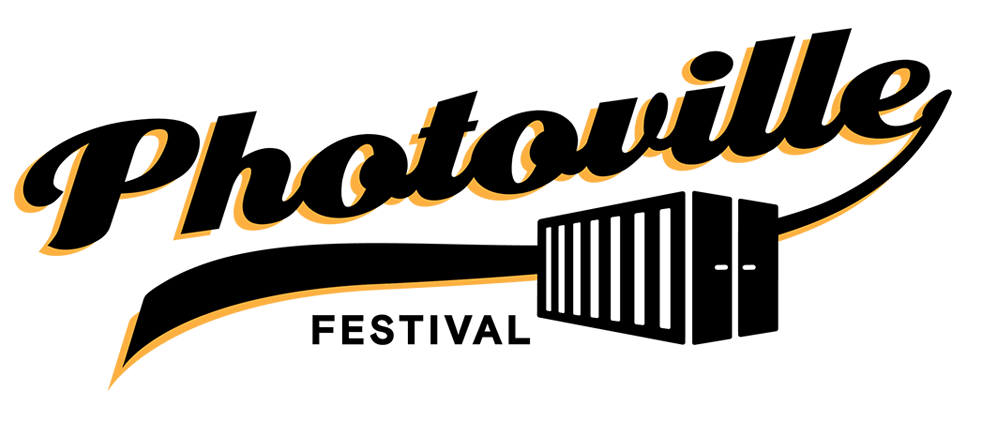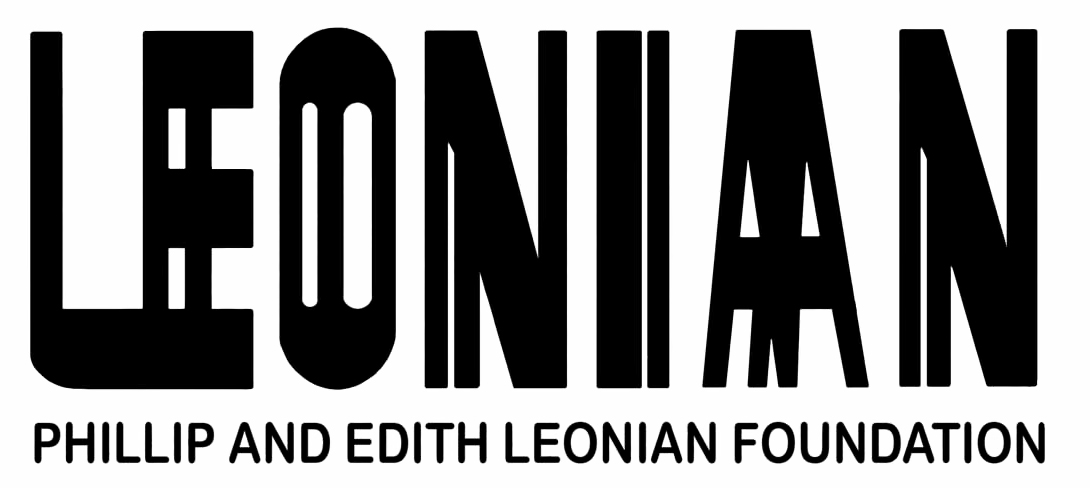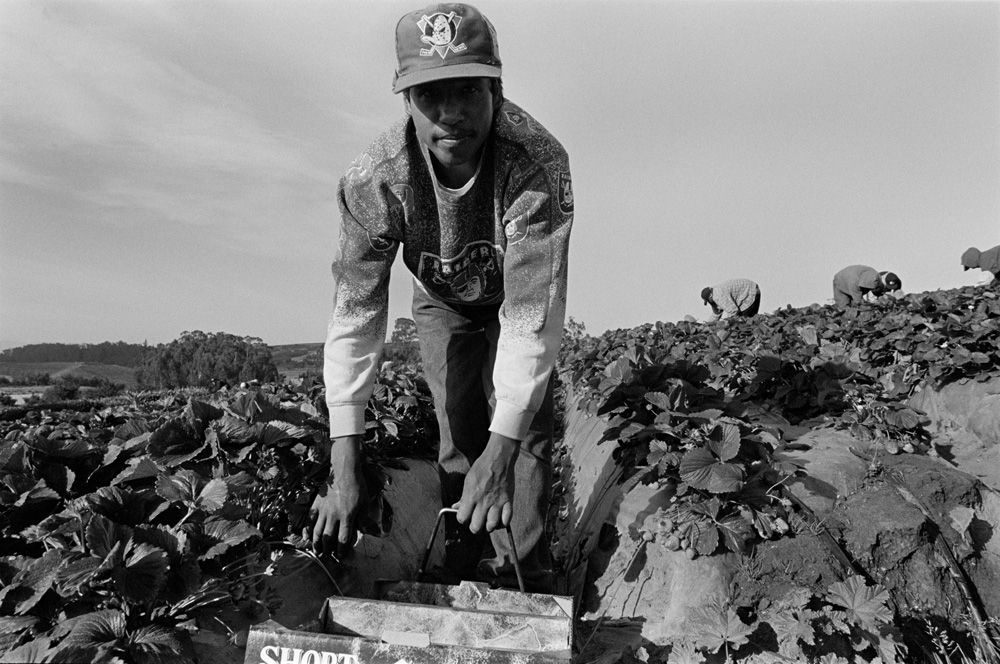



These images are a requiem.
For a people and a time.
The people: migrantes, from Mexico.
The time: the 1990s.
We followed them from their homeland in Michoacán, across the border, and then across America.
The journey began with death. Three brothers — Benjamín, Jaime and Salvador Chávez — were killed when the truck they were being smuggled in lost control in a chase with the Border Patrol in the hills above Temecula, CA.
Practically since it was drawn, the US-Mexico border has been a site of trafficking and violence, as are such lines all over the world. But beginning in the 1990s, migrants began to face considerably graver risks. The construction of what today we routinely call the “wall” began in 1994 under the Clinton administration. (It is important to remember that the project of closing off America from the world has been a bipartisan affair.)
And yet people continue to cross because they must. For most, it is a journey not towards death but life. What they are leaving behind causes intolerable pain, and there is a hope, sometimes just a sliver of it, that there will be a new life, a better one, here, on this side.
We retraced the Chávez brothers’ path back to its point of origin, to the Indigenous (P’urhepecha) village of Cherán in the western Mexican state of Michoacán. We met the surviving members of the family. Rosa Chávez, sister of the dead, soon embarked on her own journey north, with her two year-old daughter in her arms.
Rosa and her family found life on this side, in what today we call a “red state.” She is a grandmother now.
With Migrantes, we sought to reveal what’s routinely hidden: the lives of laborers. Their bodies, their daily routines, their bewilderment and exhilaration, and the nostalgia for what’s been lost on the road from homeland to adopted home.
But it’s not out of nostalgia that we present these images from the 90s. We show then to reveal now. Yes, much has changed. Visit Tijuana today and those forlornly waiting for an appointment to present a case for asylum are from Haiti, Sudan, Russia, China, Iran, Venezuela. The world is at our doorstep, an idea that is deeply disturbing to many Americans.
You can see now in the then of the faces of these migrantes, reflecting an undying hope, in spite of all.
There is a second original sin in American history, after slavery: the violent disdain of the immigrant. This prejudice is as old as the republic.
We disdain ourselves.
Who is it in the fields of the San Joaquin Valley in California, picking the produce that feeds the country and a good part of the world?
Who was it filling potholes in the wee hours on the Francis Scott Key Bridge on that cold night? The laborers were from
El Salvador, Mexico, Guatemala, Honduras.
Sometimes they work so close to us — nannying babies, cradling the dying in hospices.
They have headphones on next to you on the F train to Queens.
They are not they. They are us.
The crisis is not at the border. It is in the heart, in the heartland of America: in its conscience.
Joseph Rodriguez took these photographs with his heart, to remember his own family’s journeys.
These images are a requiem for all those who’ve died trying to cross the line, for those that are still trying, for all those migrantes rarely seen in the fullness of their pain and hope.
Artist Bios
-
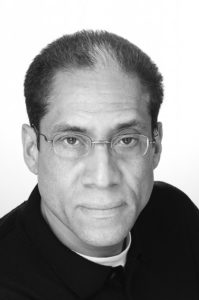
Joseph Rodriguez
Joseph Rodríguez is a documentary photographer born and raised in Brooklyn, New York. He studied photography at the School of Visual Arts and in the Photojournalism and Documentary Photography Program at the International Center of Photography.
His work has been published by National Geographic, The New York Times Magazine, Mother Jones, Newsweek, New York Magazine, Esquire, Stern, BBC News, and New America Media. He has received awards and grants from the New York Foundation for the Arts, USC Annenberg Institute for Justice and Journalism, the National Endowment for the Arts, the Fund for Investigative Journalism, and others. He has authored eight books of photography, including East Side Stories: Gang Life in East Los Angeles, Juvenile, and Taxi: Journey Through My Windows 1977–1987, all published by powerHouse Books.
Joseph is represented by Galerie Bene Taschen, Cologne, Germany. His work has been exhibited at Aperture Gallery; Reva and David Logan Gallery for Documentary Photography at the Graduate School of Journalism, Berkeley, CA; and the Bronx Documentary Center.
He has been a visiting artist at many universities in the Americas and Europe and taught at New York University Tisch School of the Arts and The International Center of Photography.
Organizations
-
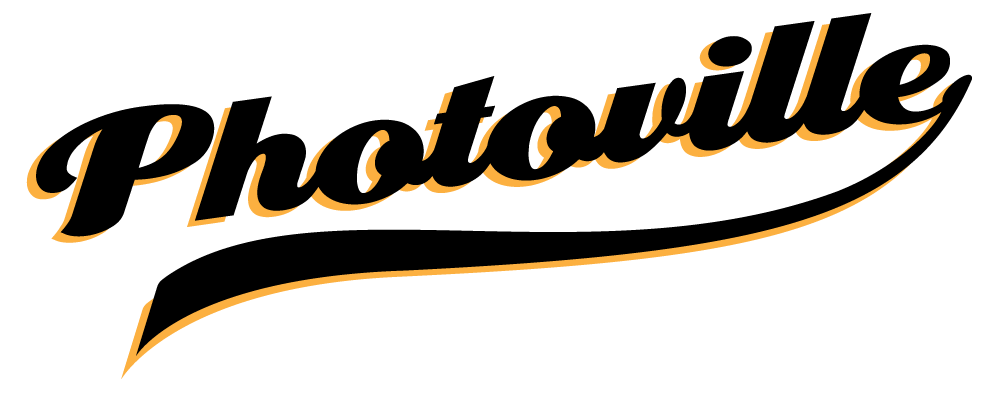
Photoville
Founded in 2011 in Brooklyn, NY, Photoville was built on the principles of addressing cultural equity and inclusion, which we are always striving for, by ensuring that the artists we exhibit are diverse in gender, class, and race.
In pursuit of its mission, Photoville produces an annual, city-wide open air photography festival in New York City, a wide range of free educational community initiatives, and a nationwide program of public art exhibitions.
By activating public spaces, amplifying visual storytellers, and creating unique and highly innovative exhibition and programming environments, we join the cause of nurturing a new lens of representation.
Through creative partnerships with festivals, city agencies, and other nonprofit organizations, Photoville offers visual storytellers, educators, and students financial support, mentorship, and promotional & production resources, on a range of exhibition opportunities.
For more information about Photoville visit, www.photoville.com
Migrantes
Featuring: Joseph Rodriguez
Locations
ON VIEW AT: Truss Banner 38
View Location Details Download a detailed map of this location Brooklyn Bridge Park – Emily Warren Roebling Plaza1 Water St
Brooklyn, NY 11201
This location is part of Brooklyn Bridge Park
Explore other locations and exhibitions nearby
Text by: Rubén Martínez
Design by: Shift7.Studio
